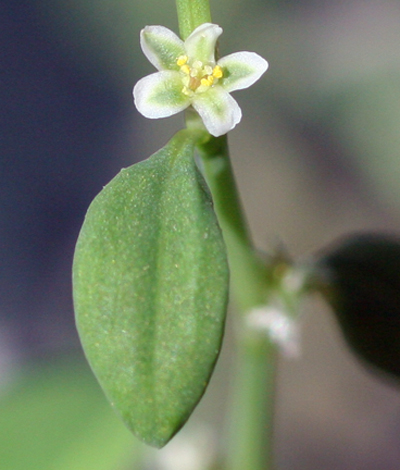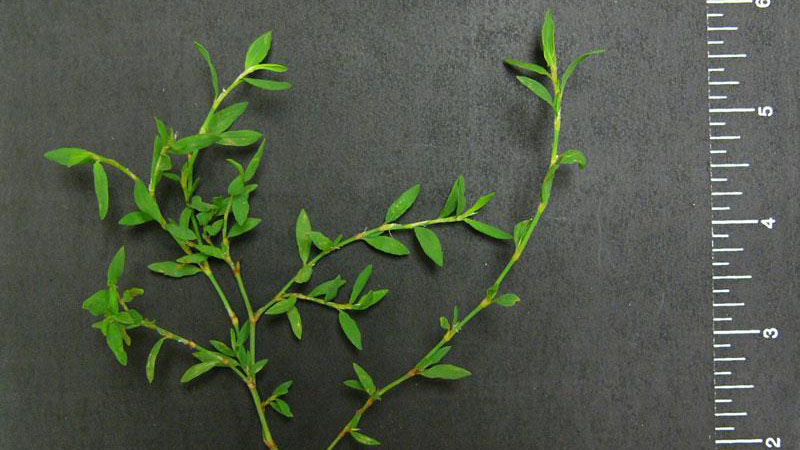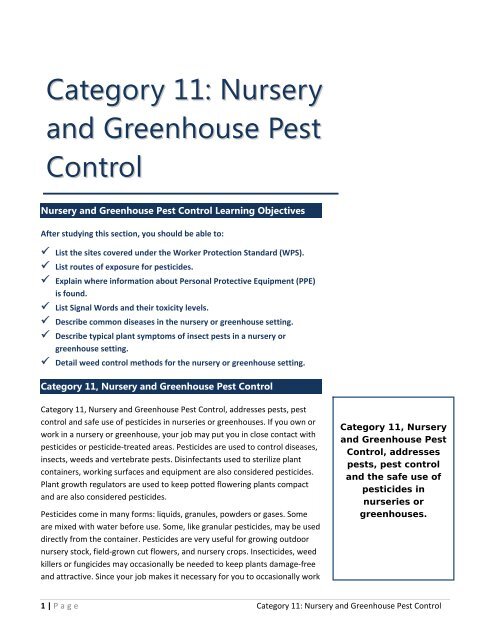How To Get Rid Of Prostrate Knotweed In Days Or Less
Title: How to Get Rid of Prostrate Knotweed in 14 Days or Less
Introduction:
Prostrate knotweed is an invasive plant that can be difficult to get rid of. It spreads quickly by underground rhizomes, and can damage property and infrastructure. If you have prostrate knotweed in your yard, you may be wondering how to get rid of it quickly and effectively.
In this blog post, I will discuss several methods for getting rid of prostrate knotweed in 14 days or less. I will also provide tips on how to prevent it from coming back.
Main Content:
Method 1: Cut and Apply Herbicide
This is the most common method for killing prostrate knotweed. First, cut the plant down to the ground. Then, apply a herbicide to the cut stumps. The herbicide will kill the plant's roots and rhizomes, preventing it from regrowing.
There are several herbicides that are effective against prostrate knotweed. Some common herbicides include glyphosate, triclopyr, and imazapyr. Be sure to follow the directions on the herbicide label carefully.
Method 2: Solarization
Solarization is a method of killing plants by using the sun's heat. To solarize prostrate knotweed, cover the affected area with a clear plastic sheet. The plastic sheet will trap the sun's heat, which will kill the plant's roots and rhizomes.
Solarization is most effective in the summer, when the sun is strongest. It can take several weeks to kill prostrate knotweed using solarization.
Method 3: Smothering
Smothering is another method of killing prostrate knotweed. To smother the plant, cover the affected area with a thick layer of organic material, such as cardboard, wood chips, or old carpet. The organic material will block the plant's access to sunlight, water, and oxygen, which will eventually kill it.
Smothering can take several months to kill prostrate knotweed. It is important to keep the organic material in place for the entire time.
Method 4: Mechanical Removal
Mechanical removal is the most labor-intensive method for killing prostrate knotweed, but it can be effective. To remove the plant mechanically, dig up the roots and rhizomes as carefully as possible. Be sure to remove as much of the plant as possible, as even small pieces of root or rhizome can regrow.
Mechanical removal is best done in the spring or fall, when the plant is not actively growing.
Conclusion:
Getting rid of prostrate knotweed can be a challenge, but it is possible with the right methods. The method you choose will depend on the size of the infestation and your budget. If you have a small infestation, you may be able to get rid of it using one of the methods listed above. If you have a large infestation, you may need to use a combination of methods.
No matter which method you choose, it is important to be patient. It may take several weeks or months to completely kill prostrate knotweed. However, with persistent effort, you can eventually get rid of this invasive plant.
visit Home Gardening
FAQ of prostrate knotweed
What is prostrate knotweed?
Prostrate knotweed is an annual plant that is native to Europe and Asia. It is a low-growing, spreading plant with slender, wiry stems that can reach up to 4 feet long. The stems are round in cross-section and have longitudinal ribs that are often slightly swollen at the joints. The leaves are small and oval-shaped, with a pointed tip. The flowers are small and white, and they bloom in the summer.
- What are the problems associated with prostrate knotweed?
Prostrate knotweed is considered to be a noxious weed because it is very invasive and difficult to control. It can quickly spread and crowd out native plants, and it can also damage foundations and infrastructure. Prostrate knotweed can also be a problem for homeowners because it can be unsightly and difficult to remove.
- How can I identify prostrate knotweed?
Prostrate knotweed can be identified by its distinctive appearance. The plant has slender, wiry stems that form a mat-like growth. The stems are round in cross-section and have longitudinal ribs that are often slightly swollen at the joints. The leaves are small and oval-shaped, with a pointed tip. The flowers are small and white, and they bloom in the summer.
- How can I control prostrate knotweed?
There are a number of ways to control prostrate knotweed. One option is to hand-pull the plants. However, this can be time-consuming and difficult, as the plants have a deep root system. Another option is to use herbicides. However, some herbicides can be harmful to the environment, so it is important to choose a herbicide that is specifically designed for use on knotweed. There are also a number of biological controls that can be used to control prostrate knotweed. These controls include insects that feed on the plant and fungi that kill the plant.
Image of prostrate knotweed
- Prostrate knotweed growing in a field. The plant has long, slender stems that are covered in small, heart-shaped leaves. The leaves are green on top and paler underneath.
- A close-up of the leaves of prostrate knotweed. The leaves are arranged alternately on the stems. They have smooth edges and slightly serrated tips.

- A cluster of flowers of prostrate knotweed. The flowers are small and white, with five petals. They are arranged in small clusters at the ends of the stems.
- A single flower of prostrate knotweed. The flower has five white petals that are fused at the base. The center of the flower is yellow.

- A seed pod of prostrate knotweed. The seed pod is long and slender, with a pointed tip. It is brown in color.

- A close-up of the seeds of prostrate knotweed. The seeds are small and brown. They are arranged in a row along the inside of the seed pod.

- A patch of prostrate knotweed growing in a garden. The plant has spread out and covered a large area of the garden.

- A close-up of the roots of prostrate knotweed. The roots are thick and wiry. They can grow very long and spread out underground.

- A person pulling up a patch of prostrate knotweed. The plant is difficult to remove because of its thick roots.

- A sign warning people about the dangers of prostrate knotweed. The sign says that the plant is an invasive species and can cause damage to property.

Post a Comment for "How To Get Rid Of Prostrate Knotweed In Days Or Less"